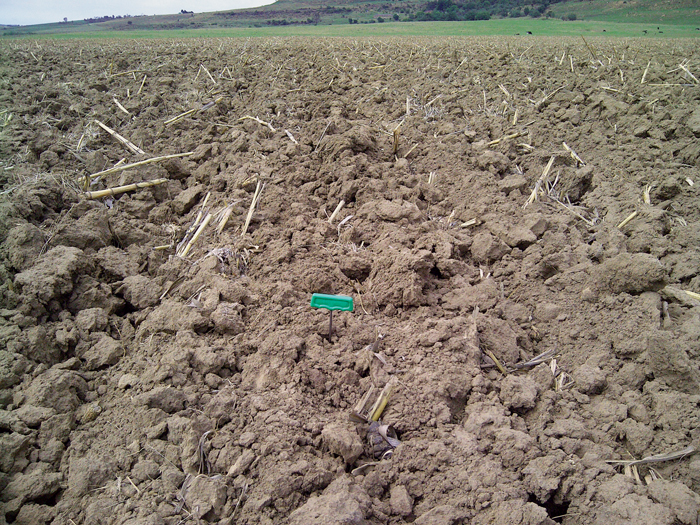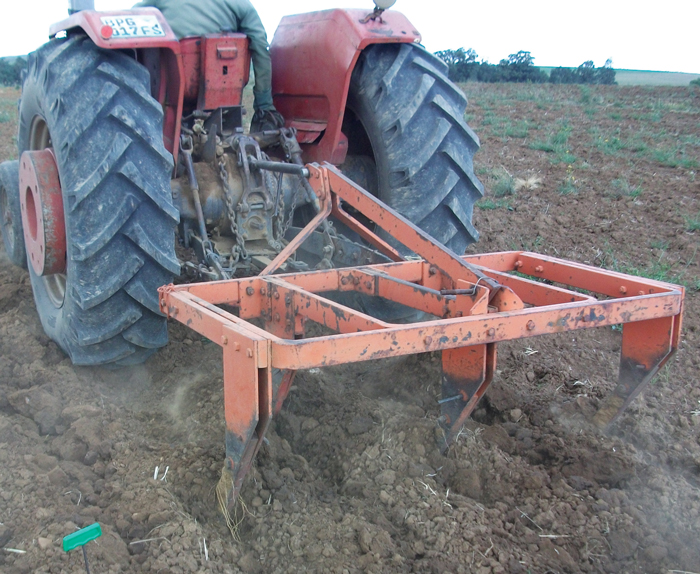December 2020
| Richard McPherson, Pula Imvula contributor. Send an email to richard@agrimetrix.co.za |  |
One column in your soil test report headed cation exchange capacity (CEC) is often overlooked or not understood. This is a very important aspect of soils to take note of in order to monitor soil fertility, effect of lime applications over three years or more, the balance of minerals held in the soil and the availability of the fertilisers applied as well as general soil fertility levels.
SOILS
Soils are made up of four basic components – minerals, air, water and organic matter. A typical soil might be made up of 45% minerals, 25% water, 25% air and organic matter from 2% to 5%. The mineral portion consists of three kinds of particle sizes classified as sand, silt or clay. The representative portion of these is used to identify a soil as sand, loamy sand, sandy loam, fine sandy loam, loam, silty loam, silt, silty clay loam, clay loam, and clay.
SOIL ORGANISMS
Within the complex structure shown above the soil is teeming with many different organisms including bacteria, actinomycetes, moulds, algae, protozoa, nematodes, insects, worms, and plant roots. The mass of all these organisms in the top 175 millimetres of topsoil can be about 7 000 kg/ha. The soil is thus a dynamic living environment into which we plant our crops together with chemical fertilisers.
ORGANIC MATTER AND HUMUS
Organic matter is the fraction of soil that is made up of both the living organisms above and then once living plant residues from a previous crop or grass ley in various stages of decomposition. Humus is a very complex long chained molecule that can only be examined under a microscope that gets built up from the final decomposition of organic matter. Humus can be made up of brown or grey portions and can be seen appearing in soils after minimum tillage or conservation tillage methods.
Look at a soil that has been abused by too much disc tillage with no plant residues and very little organic matter and compare it, if possible, to a neighbour or land nearby under conservation tillage. Compare the two by digging profile holes. The humus layers can be seen. Keep in mind it takes several years of conservation tillage to achieve a constant presence of humus. Soil containing 4% organic matter together with the humus can supply up to 200 kg of nitrogen to a crop. What a potential saving in fertilser nitrogen (N) costs.
If you can research Dr William Albrecht’s papers on soils it will be very enlightening and rewarding and help in your knowledge of how to improve the soils on your farm. Soils and soil management is indeed a complex subject.

WHAT ARE CATIONS?
Plant nutrients are held in the soil sand, clay and silt complex or colloid. In a well-balanced soil the colloid complex can hold the main and other trace elements in place. The plants can use these nutrients when required during the various vegetative and seed forming growth stages.
Cations are positively charged chemical entities that are always found in conjunction with other chemical entities or on the soil colloid. The various entities are in constant motion, changing from one combination to another within the dynamic basic soil colloid structure and complex of microorganism life cycles.
Soils are tested for Calcium (Ca), magnesium (Mg), potassium (K), sodium (Na), ammonium nitrogen, other cations and several essential trace minerals. These positively (+) charged nutrients are generally known as bases. They can have one or two positive charges. Negatively (-) charged entities are known as anions.
If you think of two magnets each with a north and south pole – when you bring the north poles or south poles together the two ends are repulsed by a magnetic force. A north and south pole brought together will have a strong attraction and be strongly held together. Likewise, in simplistic terms, the positive charged plant nutrients or cations will be strongly attracted to a negatively charged surface.
The negatively charged surfaces are found in the soil colloid and especially soil humus fractions. The cation molecules differ in size and charge. The mix or percentage of each within all the cations attached to the soil colloid complex is known as base saturation. Or in simple terms how much of each nutrient needed by the plants is held in a particular soil.
An ideal balance determined by Dr Albrecht and other researchers is as follows:
Calcium 60% to 70%, magnesium 10% to 20%, potassium 2% to 5%, sodium 0,5% to 3%, other cations or bases 5%.
The acidity or pH levels of soils and a liming programme will largely determine whether the above ideal balance of nutrients is achieved. The above balances are now shown by many laboratories or can be calculated from the separate amounts shown in the soil test report. Compare your soil test to the ideals above. The amounts are usually shown in milligrams of each nutrient per kilogram of soil.
The CEC is thus a measure of how good your soil is at holding the essential plant nutrients. Some labs show this as Total Exchange Capacity (TEC). A very sandy soil with very little or no organic matter or humus will show a very low CEC and a highly fertile organic soil will have a high CEC or TEC.

CONCLUSION
Look at your soil test results and see how your soils match up to the ideal. Then make the changes needed in your cultivation and fertilisation practises to improve your soils for a sustainable future.
Publication: December 2020
Section: Pula/Imvula